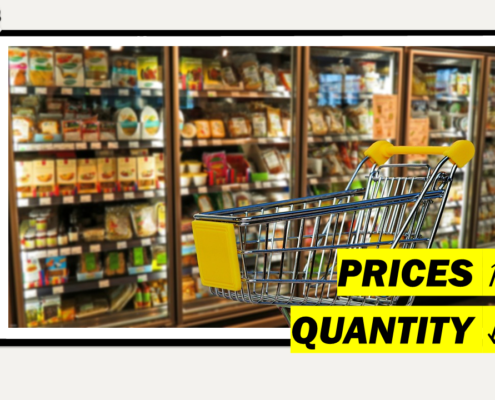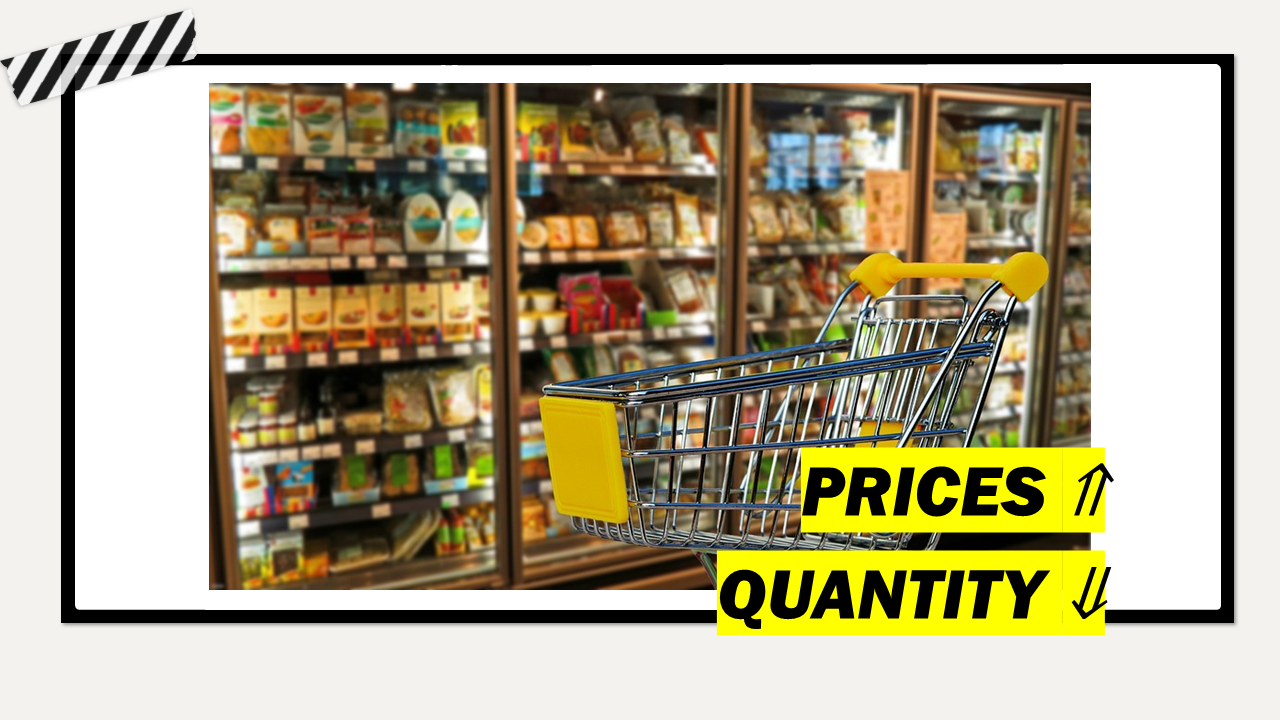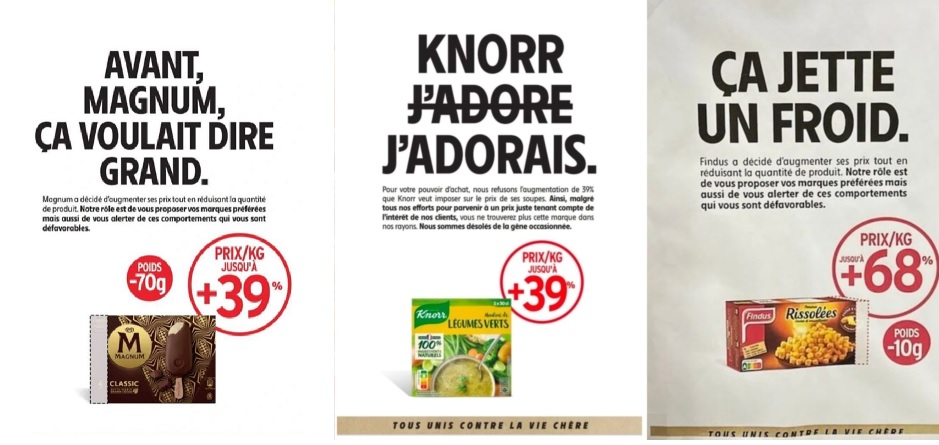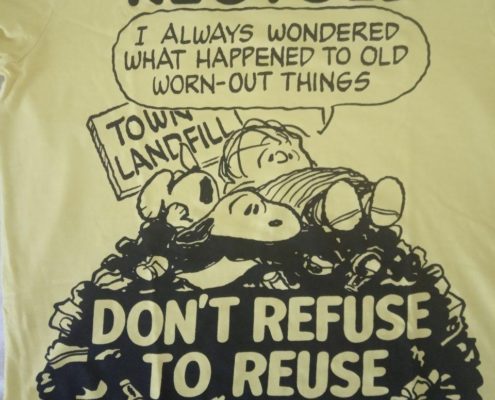 https://greenmarked.it/wp-content/uploads/2024/01/PRICES.png
720
1280
Michele Claus
https://greenmarked.it/wp-content/uploads/2022/01/LOGO-GREENMARKED-SITO-600x600.png
Michele Claus2024-01-30 18:47:392024-01-30 19:02:33Less for More: the Shrinkflation
https://greenmarked.it/wp-content/uploads/2024/01/PRICES.png
720
1280
Michele Claus
https://greenmarked.it/wp-content/uploads/2022/01/LOGO-GREENMARKED-SITO-600x600.png
Michele Claus2024-01-30 18:47:392024-01-30 19:02:33Less for More: the ShrinkflationJanuary 30, 2024

In recent times, inflation has been on the rise and the cost of living has increased in all areas. Price increases are everywhere, but we would like to focus on one particular phenomenon plaguing supermarket products: the shrinkflation. [1] The neologism comes from the fusion of two English terms such as “to shrink” and “inflation”. This marketing move makes it appear to the less careful consumer that prices have not increased or have increased only slightly, while the packages get smaller or their contents get lighter. Personally, I’m finding this more and more often, but it is easier when it comes to products we are used to buying. An example would be Elmex toothpaste, which went from 100ml packs to 75ml, same box and almost identical tube but with a quarter less product! To top it off, you can now find “bargain” formats with two 75ml toothpastes together.

Fig. 1: The Elmex toothpaste, which reduced in quantity from 100ml to 75ml.
Plenty of other products are suffering the same fate, even beer! In fact, Peroni Nastro Azzuro “national” beer is now sold in 62cl format, when usually all beers of that format are 66cl.
The tools to understand the phenomenon and try to defend ourselves are there. For example, it is advisable to always refer to the price per kg or liter of the products, to have a comparable indication with others brands or formats. The Internet then, with some discernment, helps us understand if the product previously had a different format. For example, the Italian web page shows that Nastro Azzurro beer is available in 62 cl format while the English version still shows 66 cl and not 62 cl.
In France, the supermarket chain Intermarchè recently went a step further in defense of consumers with an advertising campaign pointing the finger at the giant Uniliver, pointing out that some of its products such as Magnum ice creams have shrunk for no reason. Uniliver responded by taking Intermarché to court for defamation. [2] Even Carrefour started a similar campaign: they will identity products affected by the shrinkflation and mark that clearly. [3]

Fig. 2: Ads from the Intermarchè campaign against the shrinkflation.
The harm is not only to us consumers, who are being bypassed. The environment also pays the cost of this malpractice, because packaging that is nearly the same but with less product content means more waste to dispose of for the same amount of product.
Not surprisingly, packaging waste has increased from 66 million tons in 2009 to 78.5 million tons in 2019, an increase of more than 10 percent in 10 years. In terms of virgin material, 40% of the plastic and 50% of the paper used in Europe is for packaging [4]. We cannot afford to increase this amount by one percentage point every year. To get an idea of the absurdity of certain food packaging, check out this article from GreenMe.
March 30, exactly two months from now, will be International Zero Waste Day [5], let’s not be caught unprepared and keep our attention level high to avoid scamming and waste!
Related articles:
References:
Click here to expand the references[1] Wikipedia contributors. (2024, January 24). Shrinkflation. Wikipedia. https://en.wikipedia.org/wiki/Shrinkflation
[2] Fc. (2024, January 22). Francia retail, Unilever porta in tribunale Intermarché EFA News – European Food Agency. https://www.efanews.eu/item/37606-francia-retail-unilever-porta-in-tribunale-intermarche.html
[3] Echos, L. (2023, September 8). Carrefour lance l’offensive contre la « shrinkflation ». Les Echos. https://www.lesechos.fr/industrie-services/conso-distribution/carrefour-lance-loffensive-contre-la-shrinkflation-1976509
[4] European Week for Waste Reduction. (2023, November 13). 2023: Packaging – EWWR. EWWR. https://ewwr.eu/thematic_focus/2023-packaging/
[5] United Nations. (n.d.). International Day of Zero Waste | United Nations. https://www.un.org/en/observances/zero-waste-day
Cover and preview image: Modified copyright-free photo by Alexas_Fotos on Pixabay.






